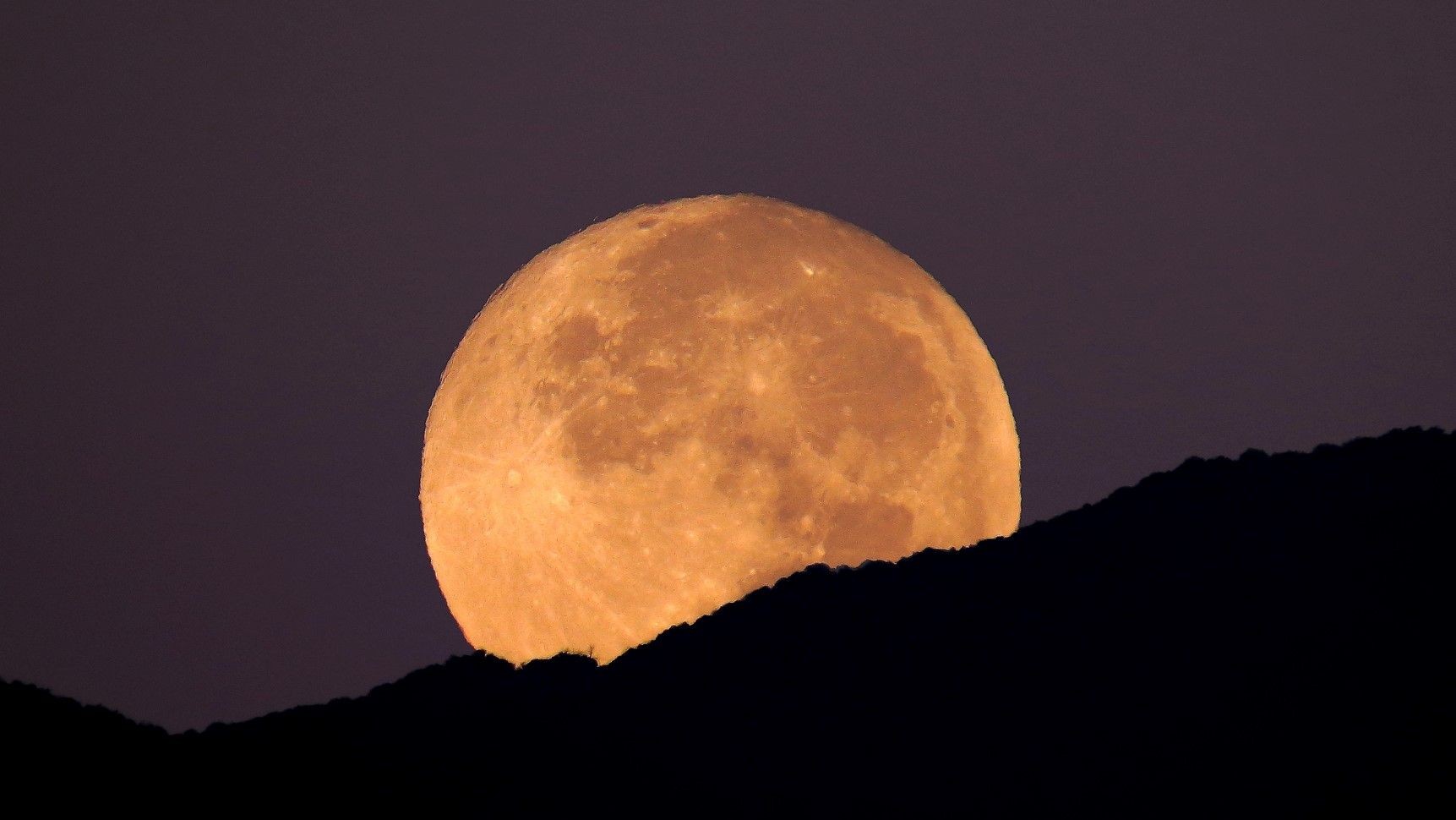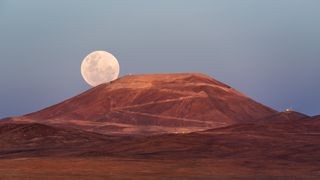Our moon, a constant companion in the night sky, has captivated humanity for millennia. When we gaze upwards, it appears to be a significant celestial body, but how does the size of the moon truly compare to our home planet, Earth? This article delves into the fascinating facts and figures to provide a clear understanding of the moon’s size relative to Earth and other celestial objects in our solar system.
Decoding the Moon’s Size: Key Statistics
To grasp the scale of the moon, let’s examine some crucial measurements. The moon’s mean radius is approximately 1,079.6 miles (1,737.5 kilometers), and its diameter spans 2,159.2 miles (3,475 kilometers). For those interested in walking around it, the equatorial circumference is 6,783.5 miles (10,917 km). These numbers give us a foundational understanding of the moon’s dimensions.
Earth and Moon Size in Contrast: A Matter of Scale
When juxtaposed with Earth, the moon’s size becomes more relatable. Earth dwarfs its lunar partner, possessing nearly four times the width. To be precise, NASA indicates the moon is a little over a quarter of Earth’s size. In fact, the moon occupies only about 27% of Earth’s diameter.
A helpful analogy to visualize this size difference is to imagine Earth as a nickel. In this scaled model, the moon would be comparable to a coffee bean, a much smaller, yet still substantial, companion. The surface area of the moon covers 14.6 million square miles (38 million square km). While this is vast, it is still less than the entire continent of Asia, which stretches across 17.2 million square miles (44.5 million square km).
Moon Size Compared to Other Moons in the Solar System
Interestingly, while the moon appears prominent to us, it is only the fifth largest moon in our solar system. However, it holds a unique distinction: it is the largest moon in the solar system relative to the size of its planet. This means that among all planet-moon pairings, Earth and the moon have the most balanced size ratio.
To put this into perspective, Jupiter’s moon Ganymede reigns as the largest moon in the solar system, boasting an equatorial radius of 1,635 miles (2,631 km). Other giant moons like Titan (Saturn), Callisto (Jupiter), and Io (Jupiter) all surpass our moon in size. The following table illustrates the top ten largest moons, highlighting the moon’s position among these giants:
| Rank | Moon | Equatorial radius | Parent planet |
|---|---|---|---|
| 1 | Ganymede | 1,635 miles (2,631 km) | Jupiter |
| 2 | Titan | 1,600 miles (2,575 km) | Saturn |
| 3 | Callisto | 1,497 miles (2,410.3 km) | Jupiter |
| 4 | Io | 1,131.7 miles (1,821.6 km) | Jupiter |
| 5 | The moon | 1,079.6 miles (1,737.5 km) | Earth |
| 6 | Europa | 969.84 miles (1,560.8 km) | Jupiter |
| 7 | Triton | 840.96 miles (1,353.4 km) | Neptune |
| 8 | Titania | 490.19 miles (788.9 km) | Uranus |
| 9 | Rhea | 474.91 miles (764.3 km) | Saturn |
| 10 | Oberon | 473.11 miles (761.4 km) | Uranus |



Supermoon: When the Moon Appears Larger
Have you ever witnessed a moon that seemed exceptionally large? This might have been a supermoon. This phenomenon occurs due to the moon’s elliptical orbit around Earth. At its closest point, known as perigee, the moon is approximately 226,000 miles (363,300 km) from Earth. When a full moon coincides with perigee, we experience a supermoon.
During a supermoon, the lunar disk can appear up to 14 percent larger and 30 percent brighter than an average full moon. While noticeable, the difference might not always be strikingly obvious, especially in urban environments with light pollution or under cloudy skies. The term “supermoon” gained popularity after astrologer Richard Nolle coined it in 1979, though astronomers refer to it as a perigee-syzygy moon, denoting the alignment of the Sun, Earth, and moon at perigee.
The Moon Illusion: A Trick of Perspective
Another instance where the moon might seem larger than usual is when it is near the horizon, during moonrise or moonset. This is known as the “moon illusion,” an optical effect that has puzzled observers for centuries.
Despite appearing larger, the moon’s actual size remains unchanged. One prevailing theory suggests that our brains perceive the horizon moon as larger because we subconsciously compare it to terrestrial objects like trees and buildings. Conversely, when the moon is high in the sky, surrounded by the vastness of space, it seems smaller in comparison. This is indeed an illusion of our perception, not a change in the moon’s physical dimensions. You can test this by using your thumb as a size comparison – the moon’s size relative to your thumb will remain consistent whether it’s on the horizon or high in the sky.
In conclusion, while the moon is a prominent and beautiful object in our sky, understanding its size relative to Earth and the solar system reveals its true scale. It’s a substantial satellite, yet dwarfed by our planet and many other moons in our cosmic neighborhood. The phenomena like supermoons and the moon illusion further enrich our lunar experience, reminding us of the fascinating interplay of size, distance, and perception in the universe.

